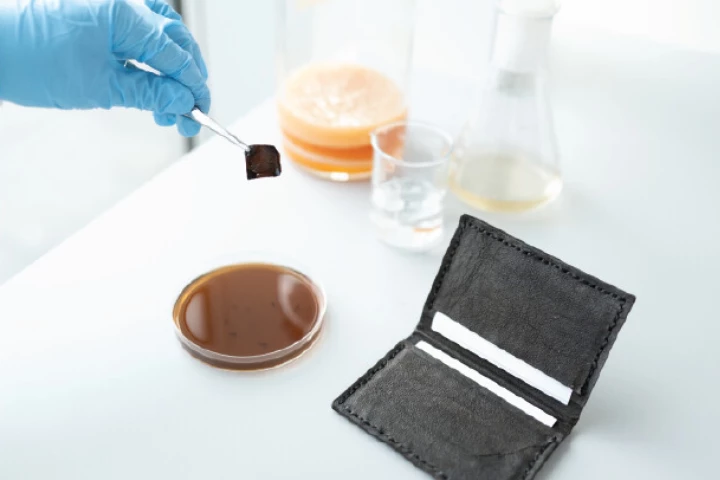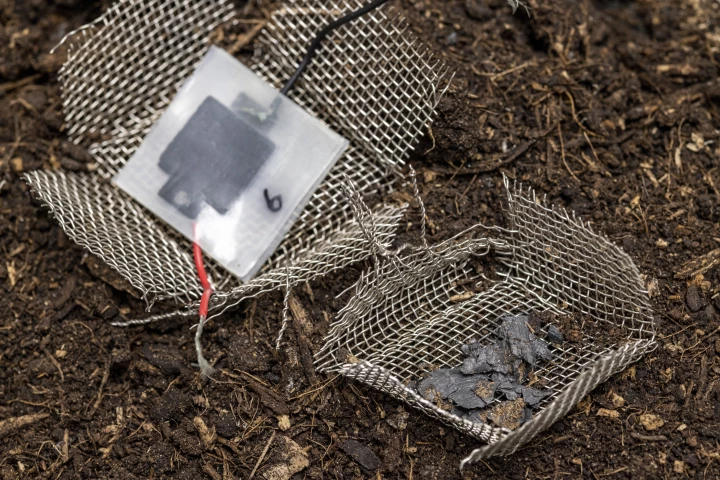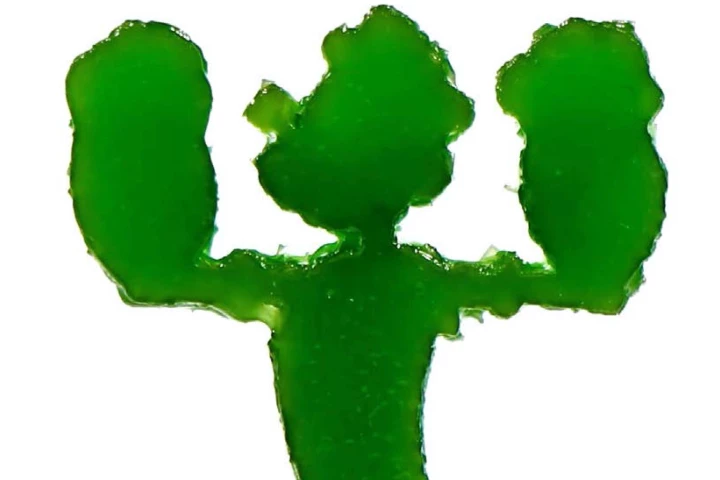cellulose
-
Instead of growing, harvesting, processing, and shipping fabric across the world, why not let non-polluting bacteria grow it and dye it in a single container? Korean scientists are taking the first steps towards doing that very thing.
-
Bacteria-produced leather is already an eco-friendly alternative to its cow-derived counterpart, but it could soon be even eco-friendlier. Scientists have gotten the microbes to color the stuff themselves, eliminating the need for toxic dyes.
-
While we've seen quite a few filtration systems for making polluted water drinkable, many are quite complex, or utilize costly materials. By contrast, an experimental new setup simply requires users to inject dirty water through a layer of cellulose.
-
So-called "bonded leather" is really just leather fibers mixed with eco-unfriendly polyurethane or PVC. reProLeather, on the other hand, converts leather waste into what is claimed to be a recyclable, biodegradable, new-leather-like material.
-
We may soon be finishing off a box of cereal and then eating the bag it came in. Researchers have turned to bacteria-produced cellulose to create a single-use packaging material that is sustainable, biodegradable and, what’s more, edible.
-
While we use around five trillion plastic bags every year, disposable alternatives aren't that much better. A group of scientists, however, want us to rethink the humble paper bag, making it super strong, durable and a handy source of biofuel.
-
Swedish e-mobility company Cake is looking cut back or cut out the plastic used in the manufacture of its electric motorcycles, and has partnered with PaperShell to evaluate the use of its natural fiber composite instead.
-
As technology continues to evolve, we're going to see an increasing number of battery-powered connected devices – some of which will be single-use, like shipping packaging. A new biodegradable mini-capacitor has been created with such uses in mind.
-
Although not a huge seller everywhere, durian fruit is consumed in great quantities in countries like Singapore. Scientists there have now developed a method of using its husks to create cheap, eco-friendly, antibacterial hydrogel bandages.
-
Along with its use in clothing, silk also shows promise for use in products ranging from surgical sutures to seed coverings. Scientists have recently devised a method of making the material stronger, by altering the diet of silkworms.
-
As a seedling matures into a tree, its trunk and branches become stiffer and stronger. Scientists have now replicated this effect in a photosynthesis-assisted 3D-printing ink, made partially from spinach.
-
Many "cold chain" items such as food or medicine are shipped in single-use expanded polystyrene foam (EPS) packaging, which is difficult to recycle and non-biodegradable. Such is not the case with a new material, however, made from discarded paper.
Load More











